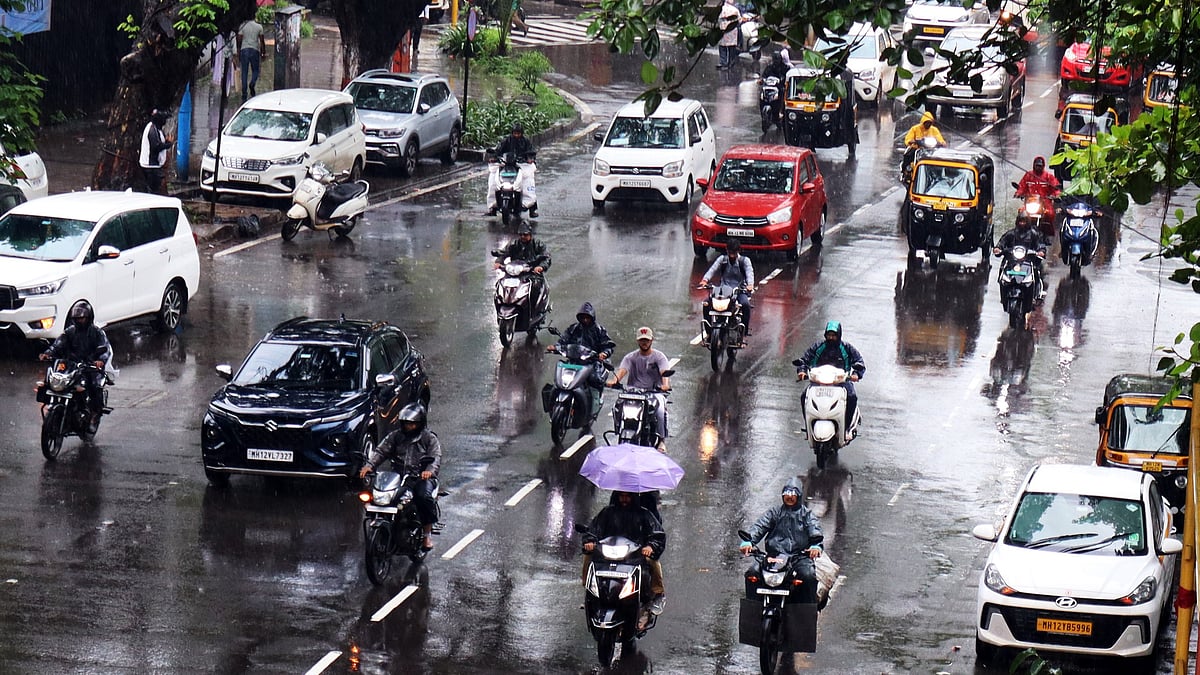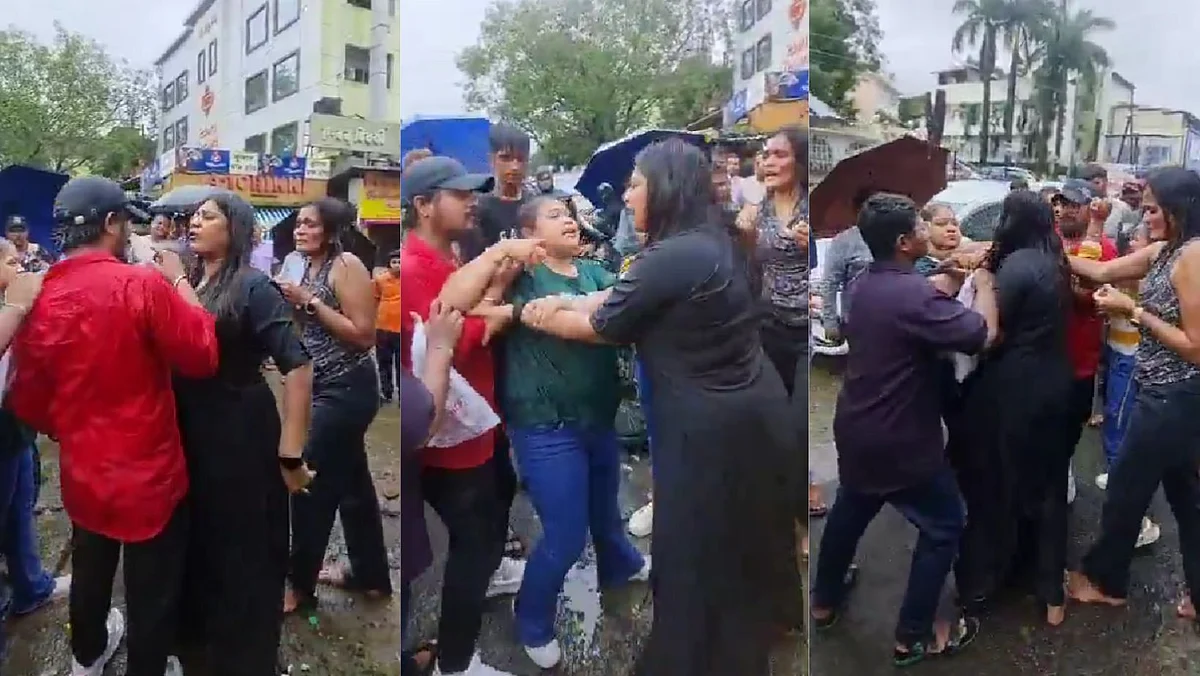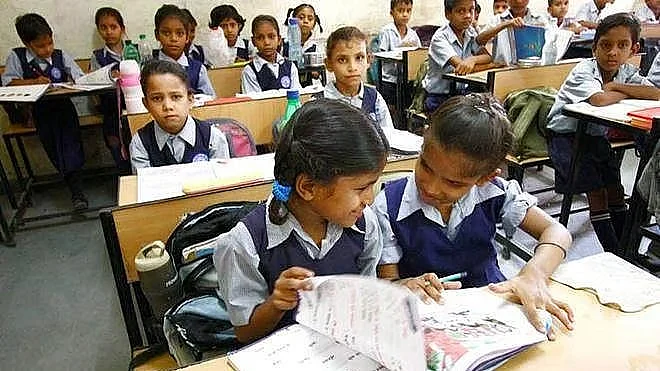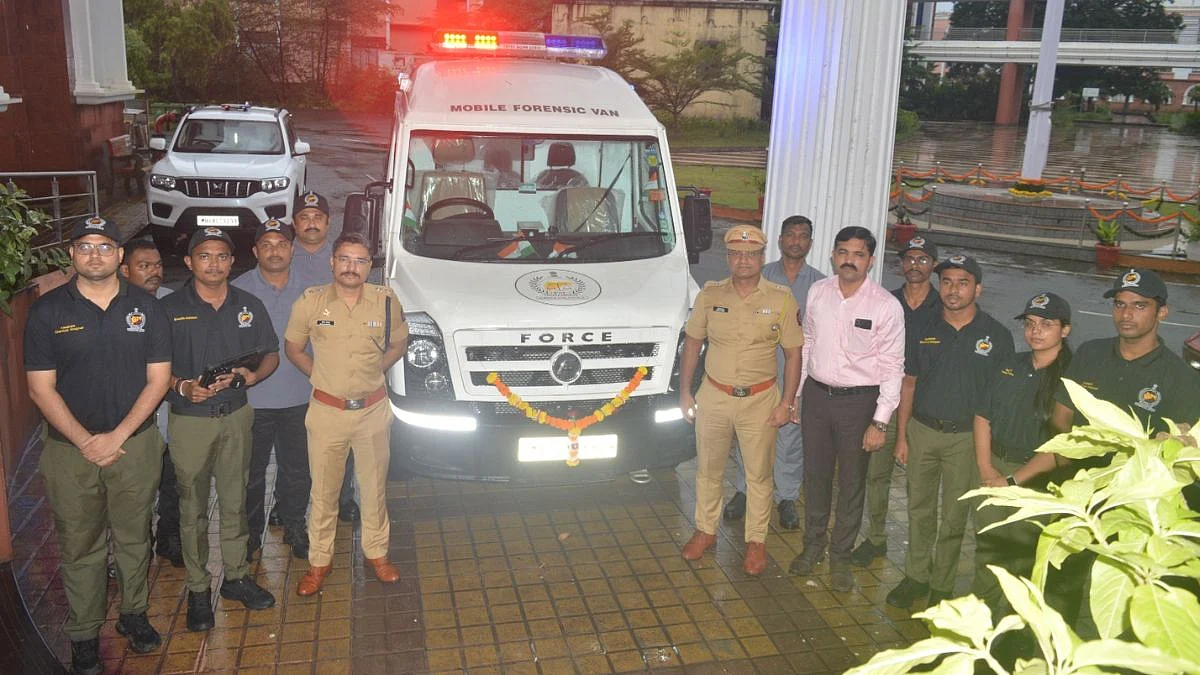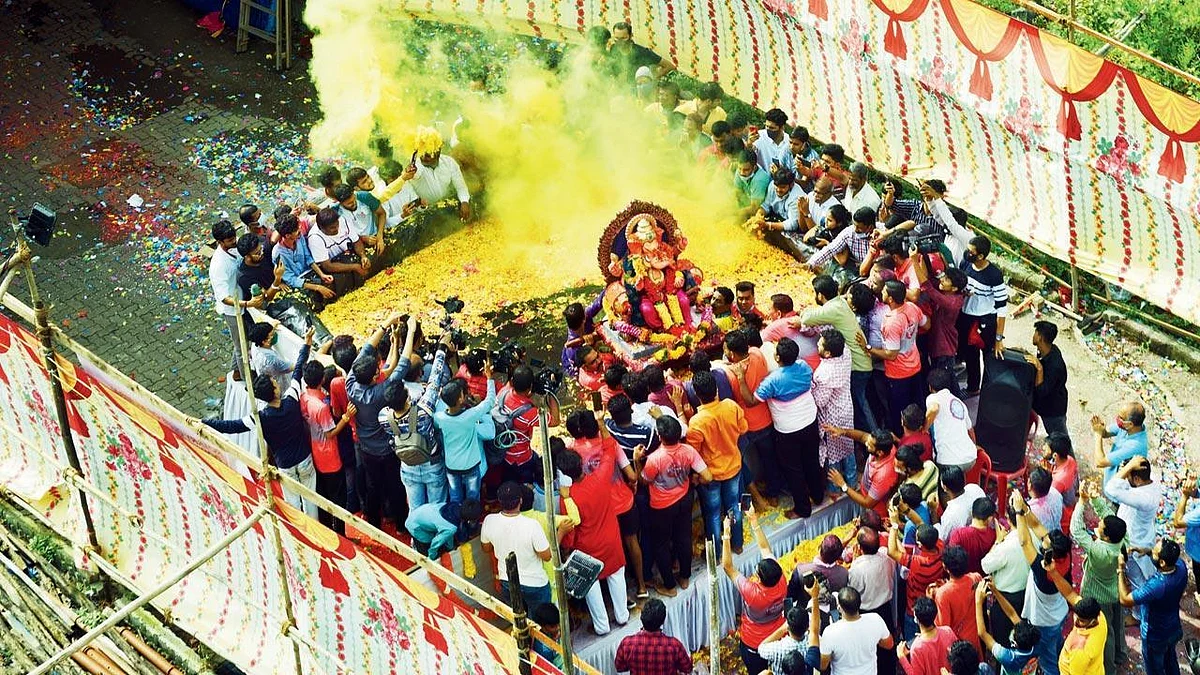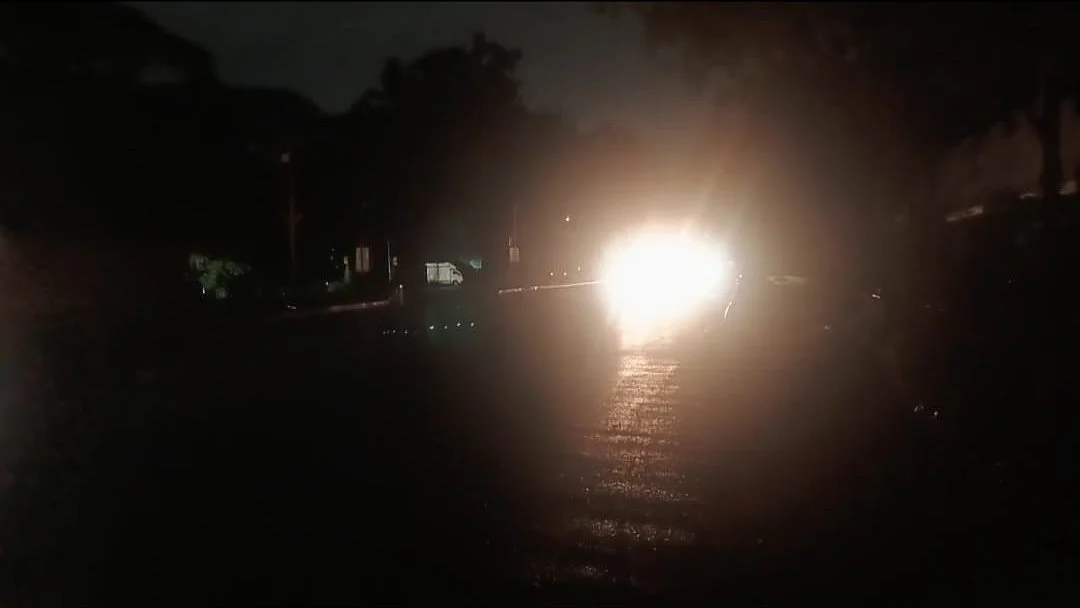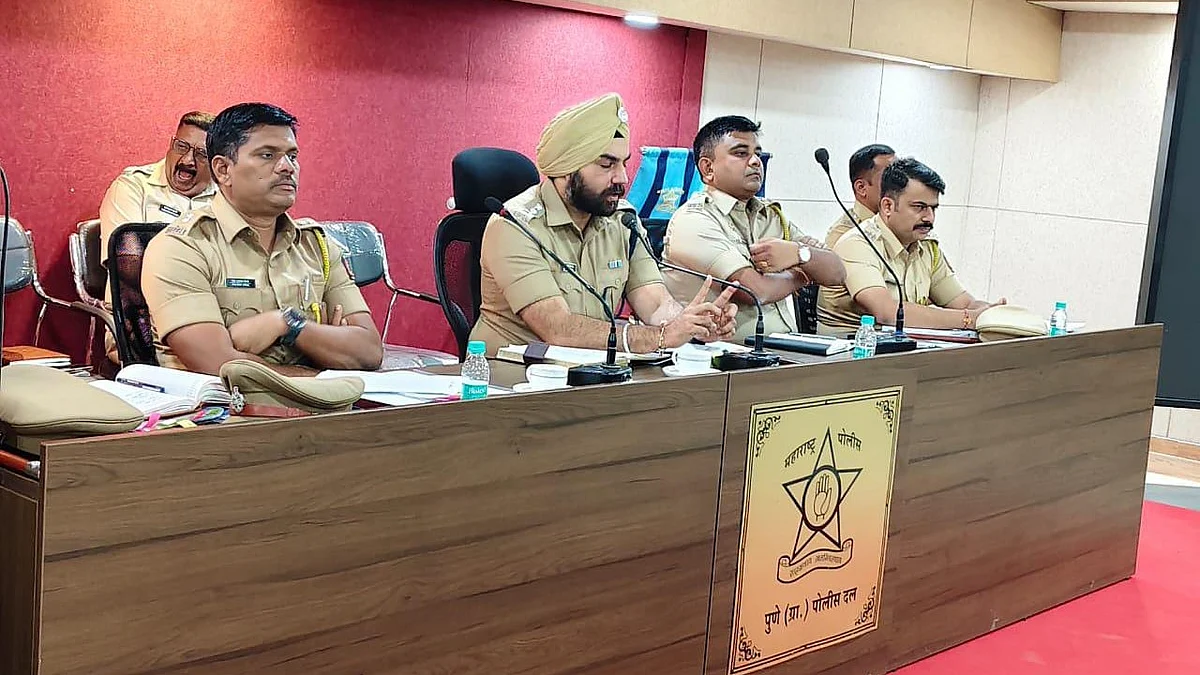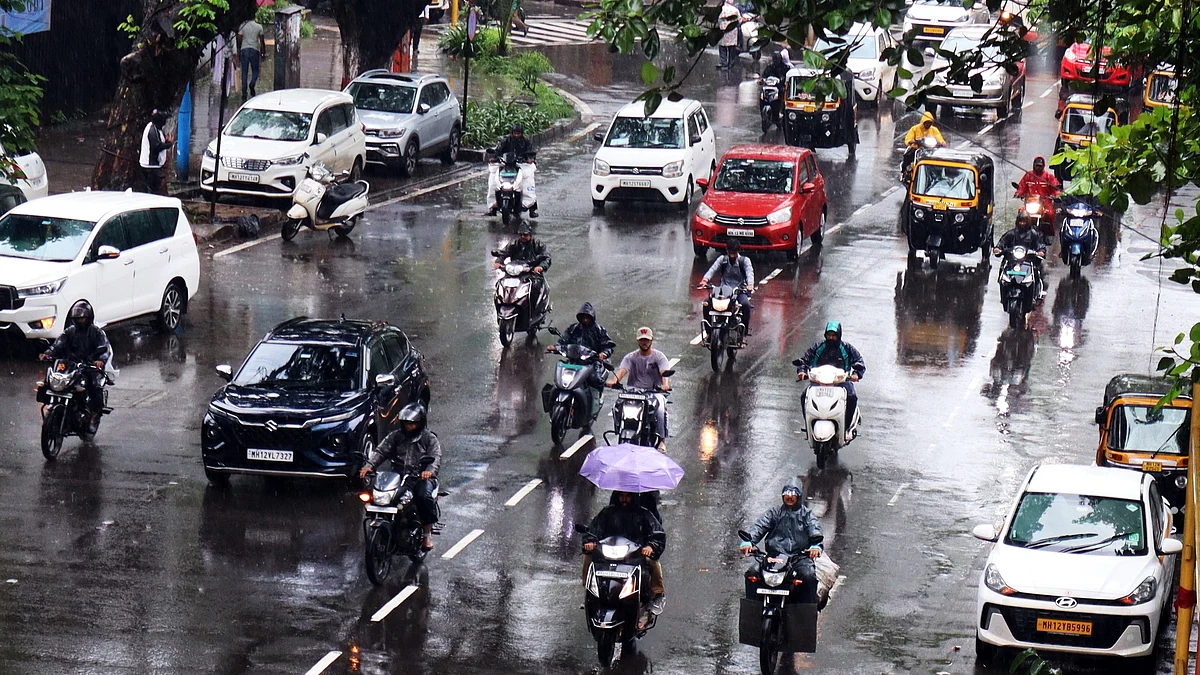The Pune Municipal Corporation (PMC), the country’s eighth-largest metropolitan city, continues to grapple with traffic issues. After Bengaluru, Pune (including Pimpri-Chinchwad and Pune district) ranks second in India for traffic congestion.
With nearly 1,300 new vehicles hitting the roads every day, Pune’s vehicle population has already touched 72 lakh, yet public transport usage remains low. Only 12.7 lakh commuters travel daily by 2,000 PMPML buses and around 1.5 lakh by the 31-km metro line. As a result, just 11% of travel needs are met through public transport, against the desired 50%.
Adding to the concern is the alarming number of traffic rule violations. Since 2019, as many as 97,87,284 violations have been recorded in Pune, Pimpri-Chinchwad and the remaining Pune district.
Pune city alone accounts for 65,40,173 cases
The fines imposed in these cases add up to ₹688.16 crore, but the amount remains unpaid. Pune city alone accounts for 65,40,173 cases with dues of ₹410.56 crore, Pimpri-Chinchwad has 23,66,949 cases with ₹211.73 crore pending, while the remaining Pune district has 8,80,162 cases with ₹65.86 crore in fines. With the pending amount mounting, the Pune traffic branch has proposed that these cases be resolved through Lok Adalat. A proposal has been forwarded to the Home Department, and a decision is expected soon.
Demand for 1,000 additional traffic personnel
According to sources, while Pune’s population and vehicle numbers are rising at a rapid pace, the infrastructure to manage them has not kept up. Despite the city’s expansion, out of the two proposed ring roads, not even a single one has been constructed so far, leading to bottlenecks on the outskirts. The shortage of manpower is another pressing issue, with only 1,100 traffic police personnel currently available - a number considered far too low compared to other large Indian cities. A demand for 1,000 additional personnel has been placed before the Chief Minister.
Traffic congestion is concentrated mainly on 33 stretches
According to officials, congestion is concentrated mainly on 33 stretches covering 265 kilometres, which account for 80 per cent of the traffic congestion issues, while another 215 kilometres of roads face around 8 per cent of bottlenecks. The average speed on major city roads was just 18 kilometres per hour in January 2024, which has now risen to 22 kilometres per hour due to some improvements. "We aim to raise this to 30 kilometres per hour. With Pune’s population projected to reach 1.03 crore next year and the number of vehicles expected to cross 76 lakh, the problem is only likely to intensify, but with proper planning, we will streamline the traffic issues in the city," said an official.
Efforts are being made to improve traffic flow
Additional Police Commissioner (Traffic) Manoj Patil said that serious efforts are being made to improve traffic flow and increase the average speed. He added that while steps are being taken to recover unpaid fines, the backlog is huge, and vehicles with pending dues cannot be sold until the fines are cleared. The traffic branch is coordinating with the RTO to consolidate data, and a special campaign for fine recovery is also being planned. Patil appealed to citizens to cooperate by clearing their dues and supporting the traffic police in their efforts to bring order to Pune’s roads.
